El Nino set for wide impact as experts call for adequate action against climate change
At least 36 people have died after wildfires, fanned by winds from a faraway hurricane, devastated much of the resort city of Lahaina on Hawaii's Maui island, amid extreme weather conditions experienced across the globe.
Multiple neighborhoods were burned to the ground as the western side of the island in Hawaii was nearly cut off, with only one highway open and thousands to be evacuated as officials told of widespread devastation to Lahaina, its harbor and surrounding areas.
Some people fled into the ocean to escape the smoke and flames.
"We just had the worst disaster I've ever seen. All of Lahaina is burned to a crisp. It's like an apocalypse," said Lahaina resident Mason Jarvi, who escaped from the city.
The fires, which started on Tuesday night, also scorched parts of the Big Island of Hawaii. The state said thousands of acres burned.
Some 271 structures were damaged or destroyed, the Honolulu Star-Advertiser reported, citing official reports from flyovers conducted by the US Civil Air Patrol and the Maui Fire Department.
The situation in Hawaii recalled scenes of devastation elsewhere in the world this summer, as wildfires caused by record-setting heat forced the evacuation of tens of thousands of people in Greece, Spain, and other parts of Europe, and western Canada suffered unusually severe fires.
Experts have warned that the world may face worse heat waves and windstorms in the absence of upgraded efforts against climate change.
El Nino weather is hitting Southern Hemisphere countries such as Australia and those in the north are experiencing record high temperatures.
Australia's Bureau of Meteorology, or BoM, is expected to declare an El Nino weather pattern in the coming weeks, while some international weather organizations, such as the US National Ocean Atmospheric Administration and the World Meteorological Organization, have declared that the climate phenomenon is underway.
Extreme temperatures
The world, including many parts of eastern Australia which are still in winter, has just registered the warmest July on record, with heat waves hitting Europe, America and Asia.
Extreme maximum temperatures would be likely to occur, increasing the risk of catastrophic bushfires, according to analysts.
Hamish Clarke from the School of Agriculture, Food and Ecosystem Sciences at the University of Melbourne said any additional warming because of El Nino this summer will come on top of decades of human-caused climate change that has significantly raised temperatures and bushfire risk in many areas.
"Without much stronger climate action than we are currently taking, we can expect to see much worse conditions in the future," he told China Daily.
Karl Braganza, BoM's national manager of climate services, said the bureau continues to hold El Nino at "alert status".
At the same time, global sea surface temperatures have been warm since May.
Professor Janette Lindesay, a climatologist with the Fenner School of Environment and Society at the Australian National University, said weather organizations have their own criteria for declaring El Nino or La Nina events.
"The BoM uses four interrelated indicators, three of which have met El Nino thresholds. But the Southern Oscillation Index, although it has been negative in recent months, has not been consistently negative to the extent required to indicate an El Nino," she said.
Lindesay told China Daily that this year's phenomenon could be linked to above-average sea surface temperatures around northeastern Australia. The SOI is a standardized index based on the observed sea level pressure differences between Tahiti and Darwin in Australia.
She said the scales are weighted toward a drier spring or summer than has been the recent experience.
Andrea Taschetto, who is with the Climate Change Research Centre at the University of New South Wales, told China Daily that the tropical Pacific has been warming in the past couple of months with an emerging El Nino signature. "But the atmosphere has been slower to respond to ocean warming," she said.








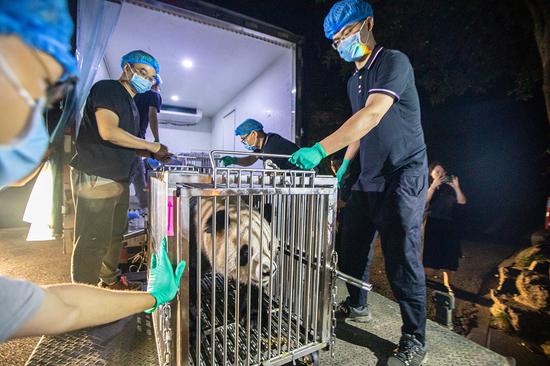
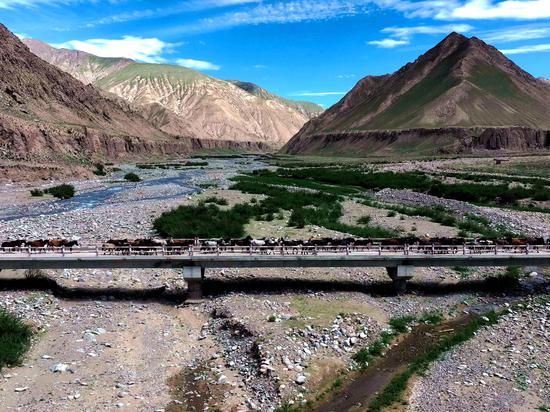

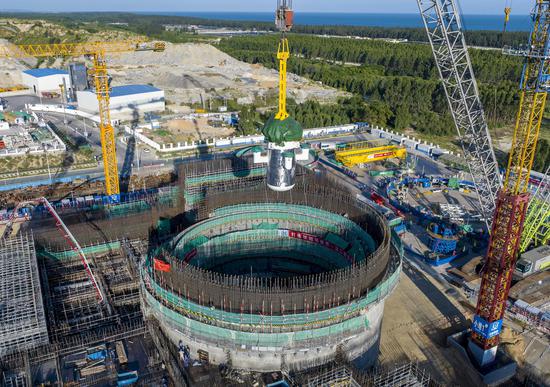
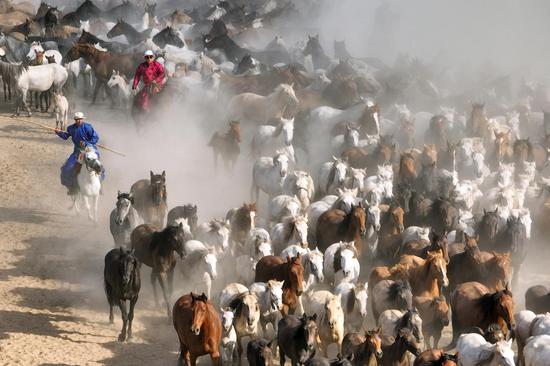
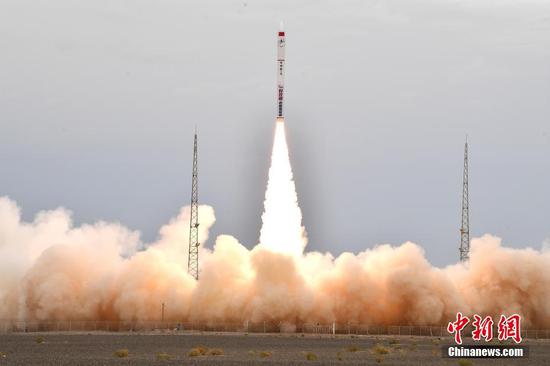

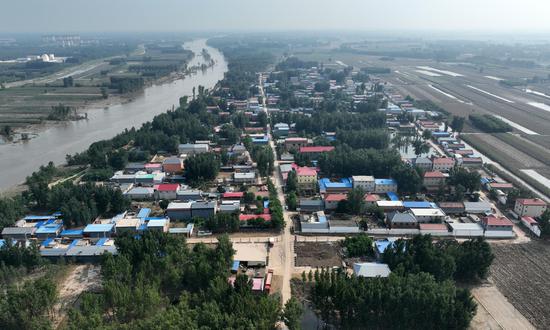

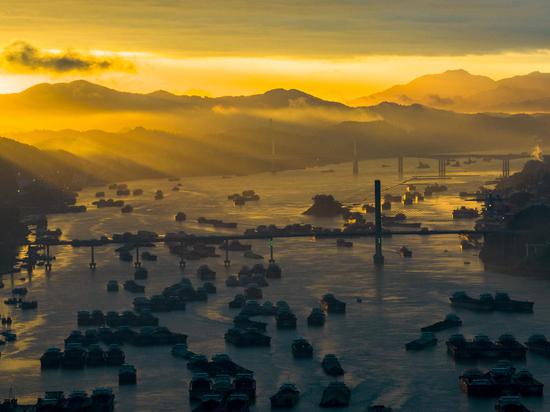
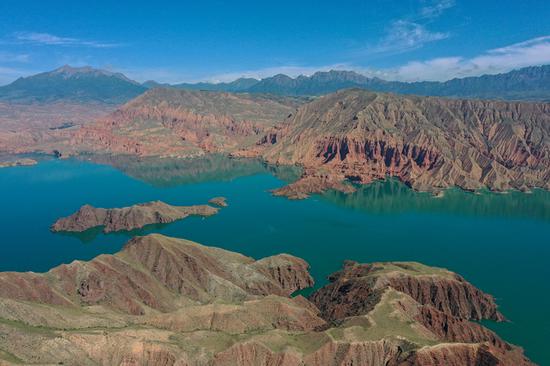



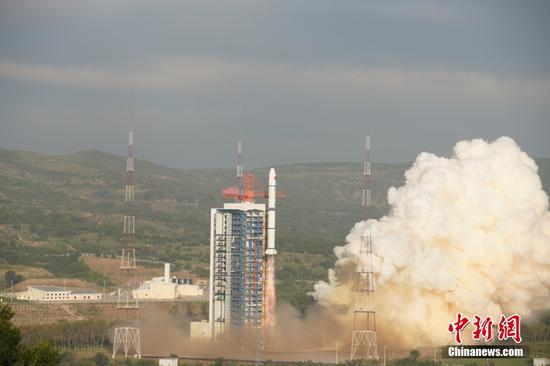



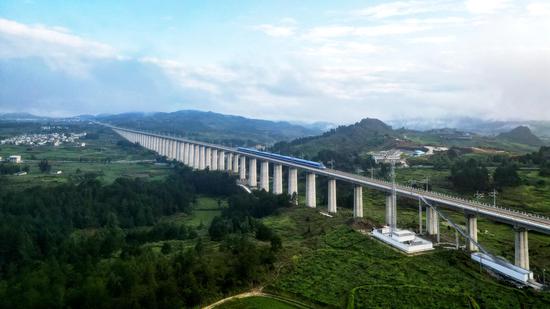


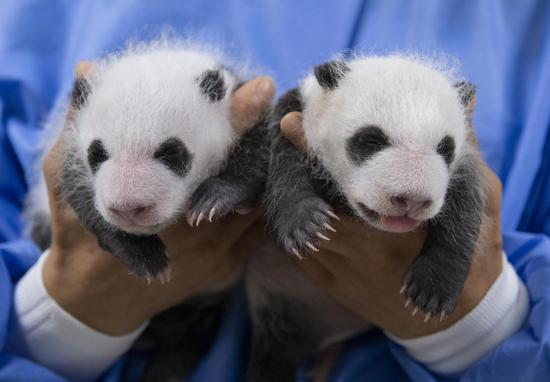


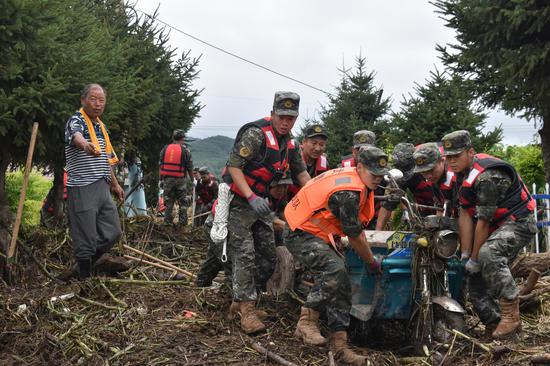


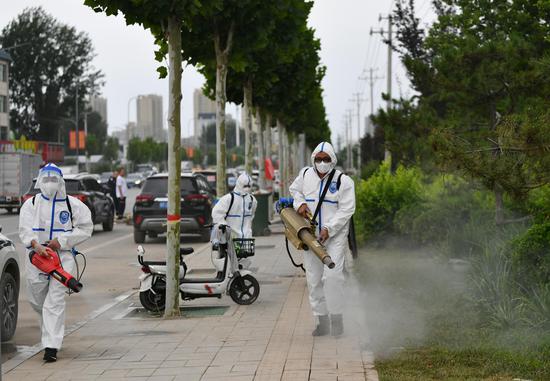

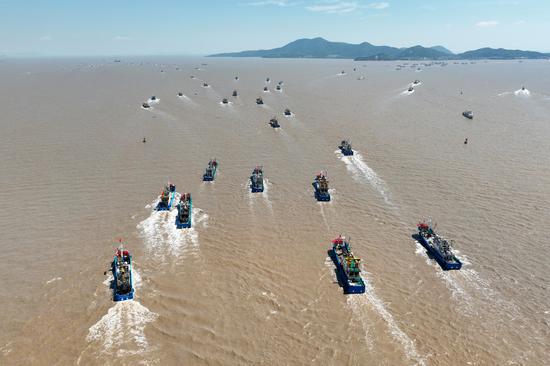



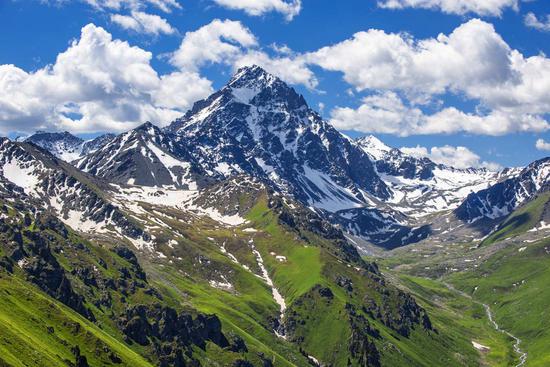
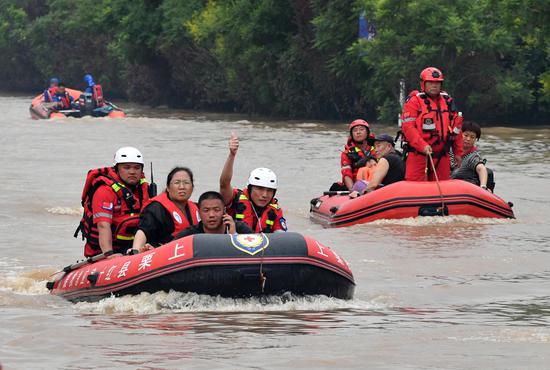





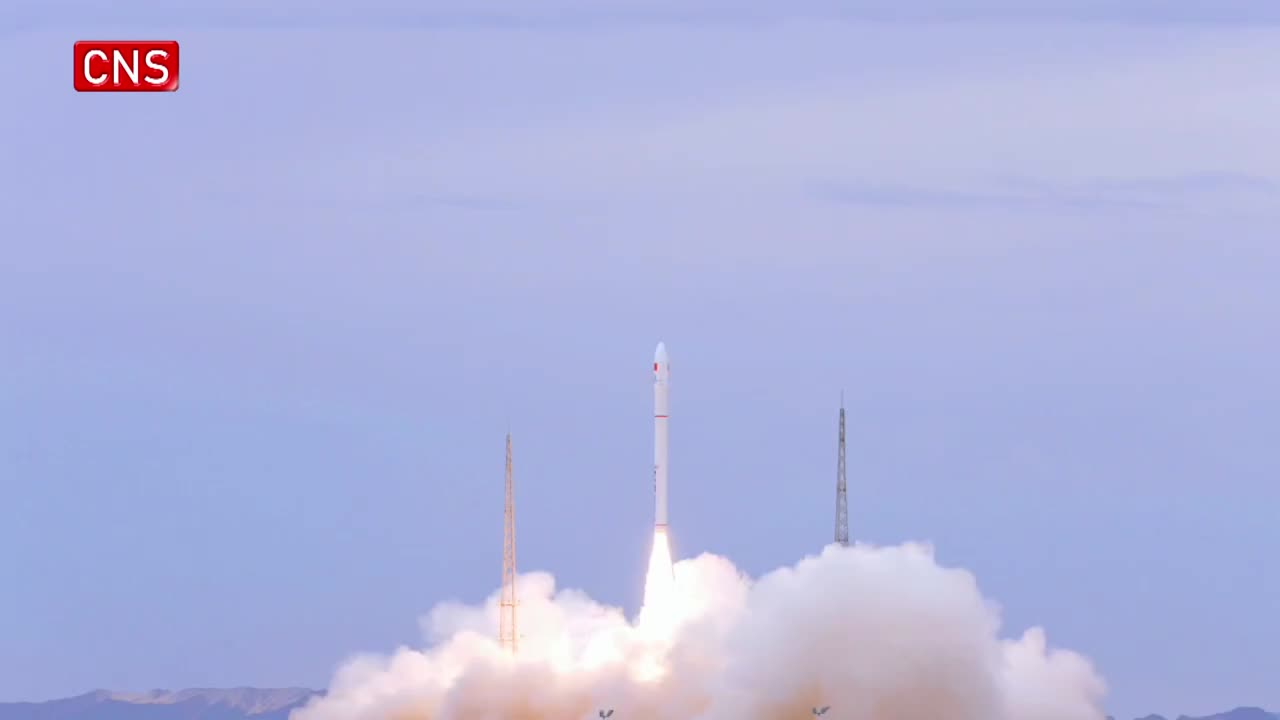

 京公网安备 11010202009201号
京公网安备 11010202009201号